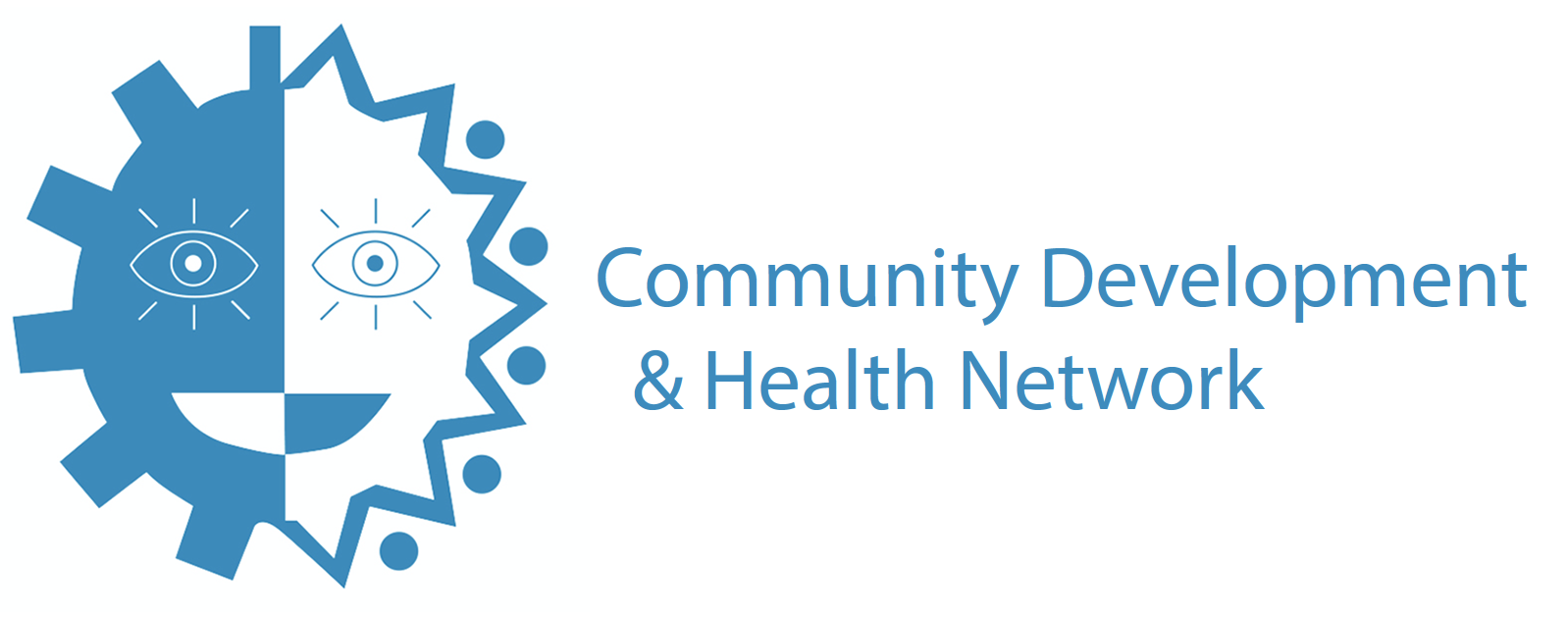UPDATED 21 AUGUST 2020
The Northern Ireland Executive launched their COVID-19 recovery plan Coronavirus: Our Approach to Decision Making on 12 May 2020. They continually review COVID-19 restrictions and announce changes in line with what is included in the 5 step plan.
All of the changes outlined in Step 1 of the recovery plan have been implemented. The Executive is currently announcing relaxation of restrictions as detailed in Steps 2 to 5. In making decisions, the NI Executive considers three key criteria:
- the most up-to-date scientific evidence
- the ability of the health service to cope
- the wider impacts on our health, society and the economy
Below are the main, recent changes across the 6 sectors featured in the Recovery plan. FactcheckNI have written a full article with more details on each step of the recovery plan and what easing of restrictions have taken place to date here.
You can also find a full timeline of relaxation of restrictions by visiting: Coronavirus (COVID-19): regulations, guidance and what they mean for you
1. WORK
Business and Trade Union representatives are currently working with the Department of the Economy in an Engagement Forum, which has resulted in workplace safety guidelines, and a priority sector list. All returns to work depend on the successful implementation of safety mitigations in workplaces.
2. RETAIL
From Friday 3 July 2020, the Executive announced the following may take place:
- Restaurants, coffee shops and cafes will provisionally reopen, with indoor bars and pubs allowed to serve food and alcohol on a table service basis.
- Pubs and bars with outdoor spaces would be permitted to operate an outdoors table service selling alcohol.
- Hotel restaurants would also be allowed to reopen with hotel bars restricted to serving meals along with alcohol on a table service basis.
- Hotels with outdoor spaces would also be permitted to sell alcohol in these spaces.
From 06 July 2020 hairdressers and barbers would be able to reopen
On 25 June 2020, it was announced that the following relaxations would take place, and will remain under review:
- Reopening of arcades (Wednesday, 29 July).
On 2 July 2020, it was confirmed that the following relaxations would go ahead:
- reopening of betting shops (Friday, 3 July)
- the re-opening of hotels, restaurants, bars, cafes and coffee shops (Friday, 3 July);
- resumption of further close contact services including tattoo parlours, piercings and spas (Monday, 6 July)
- the re-opening of nail, hair, beauty, barbers, tanning salons, electrolysis and acupuncture (Monday, 6 July).
On 6 August 2020, the NI Executive paused an earlier plan and delayed the planned date to reopen indoor pubs and bars selling only drink (known as ‘wet pubs’) until Thursday, 1 September.
3. EDUCATION
On 15 June 2020, Economy Minister Diane Dodds has announced the partial reopening of further education (FE) colleges and work-based-learning providers to support the delivery of vocational qualifications this summer.
The Minister for Education announced plans on 18 June 2020, to help support vulnerable children and young people in July and August. The proposals include:
- special schools summer provision;
- youth services with priority given to key worker children; and
- plans for a summer food scheme.
On 6 August 2020, the Executive announced that it had agreed the Education Minister’s plan for schools to return to more normal patterns of operation and attendance (“a full time basis of five days a week for every pupil, including those who attend Special Schools”) from the week beginning Monday, 31 August. The Minister, Peter Weir, also confirmed that schools will reopen for staff from next week and for key groups of pupils (years 8, 12 and 14) from Monday, 24 August.
4. TRAVEL
On 22 June 2020, it was announced by the Infrastructure Minister Nichola Mallon that there will be a phased return of MOT and driver testing services in the coming weeks.
The use of face coverings on public transport is mandatory as of Friday, 10 July, unless someone is in an exempt group.
On 25 June 2020, the Executive confirmed the following would be allowed:
- Holiday and tourism accommodation, including holiday apartments, homes, cottages, bungalows, caravan parks and campsites (Friday, 26 June)
- Travel to stay in a second home from Friday, 26 June.
5. FAMILY AND COMMUNITY
On 29th June 2020, the Executive announced that in line with the recovery plan, outdoor gatherings of up to 30 people can now take place but social distancing must be maintained.
Also From 29th June 2020, the definition of keyworker will no longer apply for access to childcare. This will enable more childcare providers to reopen and help parents to access registered and informal childcare.
Religious services in places of worship are permitted to resume from 29th June 2020.
From 6 July 2020, people who have been “shielding” will be able to meet up to six people outside their homes, as long as social distancing is strictly maintained. In addition, people living alone and shielding can form a support bubble with one other household.
From Friday 10 July 2020 indoor weddings, baptisms, marriage and civil partnership services in local government offices and other venues can take place.
From Friday 24th July the below easing of rules can take place:
- The maximum number of people who can gather in a residential setting will increase from six to 10, with a requirement that they come from no more than four different households and an expectation that social distancing and other public health advice is observed;
- Overnight stays in a different household will be permitted; and
- Community centres (previously restricted to child care) can reopen.
Prison visits will be allowed from Monday, 27 July 2020.
6. SPORT, CULTURAL AND LEISURE ACTIVITIES
On 25 June 2020, it was announced that the the following relaxations would take place but will remain under review:
- Indoor training for elite and grassroots athletes (Monday, 29 June);
- Resumption of contact sport training (Monday, 29 June);
- Visitor attractions (Friday, 3 July);
- Competitive sports (Friday, 17 July);
On 9 July 2020, the NI Executive announced the following could re-open from Friday, 10 July:
- indoor fitness studios and gyms;
- bingo halls and amusement arcades;
- outdoor leisure playgrounds, courts and gyms; and
- cinemas.
In this announcement, they also gave an indication that from Saturday, 11 July, outdoor horse racing and equestrian competitions can resume. Outdoor competitive games and sporting events can also start again from this date.
Libraries will be able to re-open from Thursday, 16 July, with social distancing measures in place.
The reopening of indoor sport and leisure facilities, including skating rinks and leisure centres will take place on Friday, 17 July,
The Executive announced the following will be able to reopen from Friday, 24 July:
- Swimming pools in leisure centres, hotels and private facilities;
- Bowling alleys
- Wet treatments in spas, such as saunas, steam rooms and hydrotherapy pools will be permitted to resume.
On 6 August 2020, the Executive indicated that theatres and concert halls can open to rehearse from Saturday, 8 August. An indicative date of 1 September 2020 has been given for the return of audiences with appropriate mitigations.
Ministers have also agreed to permit spectators to be present at indoor sporting venues from Monday, 10 August, if operators can control access and ensure adherence to social distancing.
What does the recovery plan say?
The plan outlines five steps in six sectors for easing restrictions. The six sectors are:
- Work
- Retail
- Education
- Travel
- Family and community
- Sport, cultural and leisure activities
You can find The Northern Ireland Executive's summary of the steps here.
When will each sector move to the next step?
The Northern Ireland Executive does not give dates for the steps.
This approach differs from the Republic of Ireland government who has attached indicative dates for moving between phases. The UK government has also given projected dates to some measures in England, including the reopening of primary schools.
The steps will not necessarily move forward at the same speed. For example, step 1 for work may apply at a different time than step 1 for retail. If the transmission rate of the virus increases too quickly, it is possible that a sector may have to move a step backwards.
The Northern Ireland Executive will review the guidelines every three weeks and announce any step changes accordingly. It will use the time in between to evaluate the impact of any relaxations that have been made.
How will the Northern Ireland Executive decide when to introduce new steps?
A central aim of the Northern Ireland Executive in deciding how to progress through the five steps is controlling virus transmission. They will use the R number to measure this. If each person with COVID-19 only infects one other person, then the value of R is 1.
The Northern Ireland Executive wants to ensure that the R stays "at or below 1" throughout the process.
The roadmap states that the community transmission rate, R, in Northern Ireland was approximately 0.8 at the time of publication. On 6 August 2020, the Department of Health said that the current estimate of R was within the banding 0.8 – 1.8, and “is highly likely to be over 1 at present”.
Here is a video explaining the ‘R' value.
On 20 August 2020, the Department of Health said that the current estimate of R was within the banding 1.0 – 1.6, which “means R is likely to be around 1.3 at present”.
Whose guidance is the Northern Ireland Executive following?
Health is a devolved issue in the UK. The Northern Ireland Executive sets its own rules and guidelines about COVID-19. The new roadmap document underlines that the Executive has aligned its strategy with the WHO guidelines of 24 April 2020. It emphasises that there is close cooperation between the four regions of the UK, as well as between Northern Ireland and the Republic of Ireland.
 have written a full article with more information on Northern Ireland's COVID-19 recovery plan including a timeline of what parts of the plan have been implemented to date. You can find it here
have written a full article with more information on Northern Ireland's COVID-19 recovery plan including a timeline of what parts of the plan have been implemented to date. You can find it here


